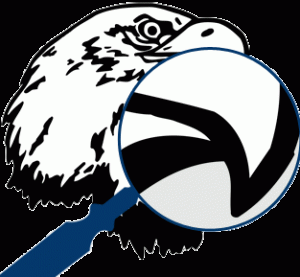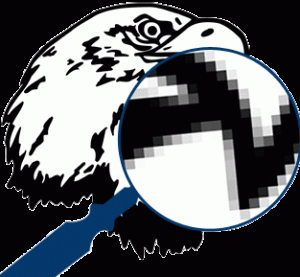 Best Web Image Use Strategy
Best Web Image Use Strategy
The United States population is exposed to different businesses, products, and services through images on websites, social media, and elsewhere. According to the Yellow Pages, images play an important role in website enhancement. They allow your products to come to life for the image’s viewer and therefore boosts the chance of their conversion to your business. Images also appear in search engines, so if they are properly labeled, your business can emerge as a possibility for customers as they view and choose your product. This era uses a great deal of visual media in their everyday lives which makes it easier for people to reach websites through images, adding importance for website developers to include pictures on their sites.In order to create a platform that provides the right image to invite your customers to experience the features of your product or services virtually, here is the best strategy for web image use, according to Google Developers and Kinsta.
- Decide between Vector or Raster Images.
Vector images are ideal for images that use geometric shapes. This type of shape uses lines, points, and polygons to represent an image, and each are independent of zoom and resolution. Raster images are used for more complex scenes that contain irregular shapes and details, and they involve encoding the individual values of each pixel within a rectangular grid. - Select the Right Image Format
GIF is the universal choice for an animated image, as it uses only 256 colors, making it a poor choice for other image types. GIF also uses lossless optimization. PNG produces a higher quality image with a larger file size, as it preserves fine detail with high resolution. This also uses lossless optimization. JPEG allows for quality level to be adjusted for a balance of quality and file size. This image type uses both lossy and lossless optimization.
Lossy vs. Lossless Optimization
Lossy optimization is a filter that eliminates some data during the process. When using this optimization, be aware of hoe much you reduce the image, because too much reduction can degrade the image.
Lossless optimization is a filter that compresses the data. This does not affect quality but requires the decompression of images when they need to be rendered.

Zoomed-in vector image

Zoomed-in raster image
Additional tools and programs to use for images are Adobe Photoshop, Gimp, GIFsicle, JPEGtran, OptiPNG, and FileOptimizer. After reading this list, if you are still unsure about how to choose image types or optimizations, Nicasio Designs can help you!

